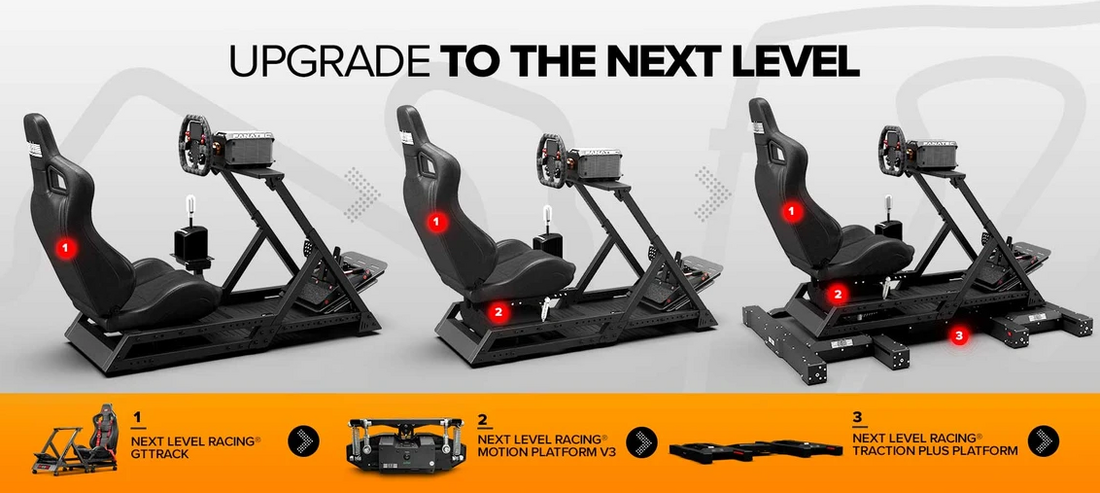F1 cars are one of the most advanced devices in the world - and yet, testing them on track or in the wind tunnel is extremely restricted. There are only 6 days of pre-season testing and each race weekend features only four hrs of the method. That's why Formula One groups rely on party data in the digital globe especially before - and a huge part of that work is simulation. This area has become more critical during the 2020 period, as a result of the many new tracks on the schedule.
What sorts of simulations do F1 groups use?
There are a couple of areas of simulation that F1 groups use to get ready for a Grand weekend, however, the two major ones are driver-in-loop and computer simulation. Driver-in-loop (DiL) is a properly digital test track, where the car and the tracks we race on are modeled in great detail, to allow us to set the cars, find the best set-up instructions, and assist the chauffeurs to acquaint ourselves with a track in a digital atmosphere.
They use a simulator facility at the manufacturing facility and the DiL is somewhat comparable to an expert flight simulator used for pilot training - with the apparent difference that the " racing cockpit" looks like an F1 car, not a flight deck.
In a typical DiL session, race and simulator vehicle drivers can quickly complete more than a full race range. Nevertheless, in that same space of time, they can log hundreds of computer simulations as computer-simulated laps can be done 100% virtually.
That means they can be quickened and run in parallel with various other simulations to sustain both the vehicle's features and the approach groups. The value of these various online devices is important for an F1 group, specifically when we've never raced at the track before.
How F1 Simulators Vary From Other Sims
Sound, graphics, and playability are important when considering which F1 simulator is the best, but you also have to consider how F1 simulators vary from various other racing games. As stated before, a good F1 simulator can be difficult to come by, due to the reasonably stringent licensing of its vehicles and, sometimes, tracks.
To get around these licensing rules, some games have left it as much to the community to produce mods and other content. This is why some games can have no formula-type racing in them natively, but still execute as practical F1 simulators when you have the best add-ons.
This can make F1 simulators less obtainable to the mass market and restrict some video games to computer users. However, F1 games can give a distinct racing experience that differs from anything else. The rate and exhilaration entailed at every edge set F1 simulators apart from a lot of various other different types of racing simulator games.


